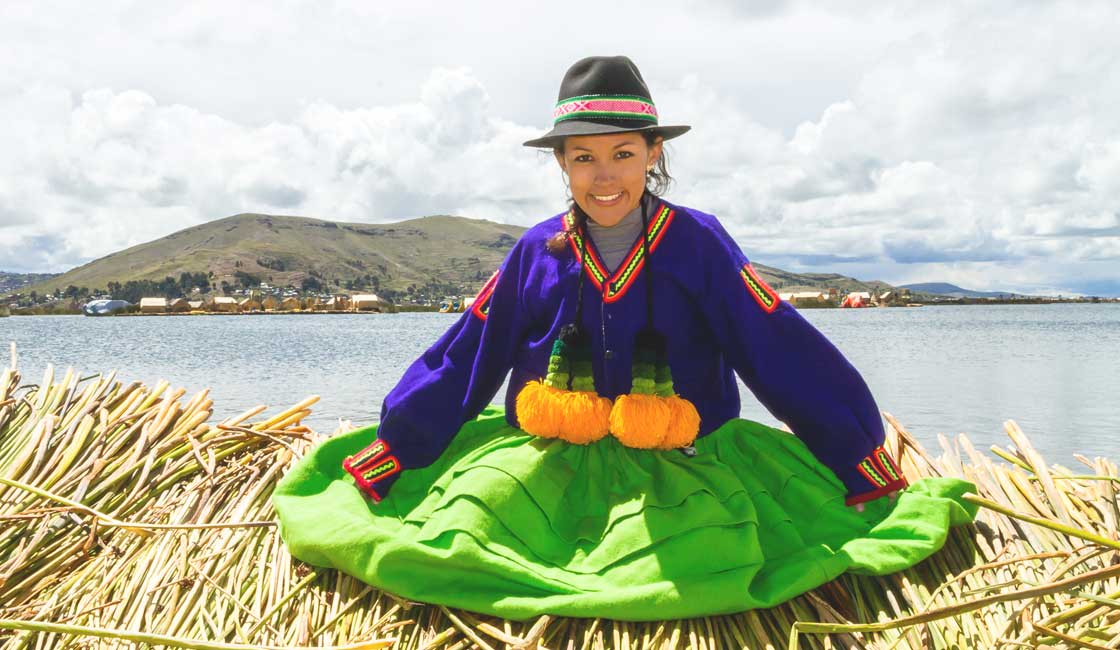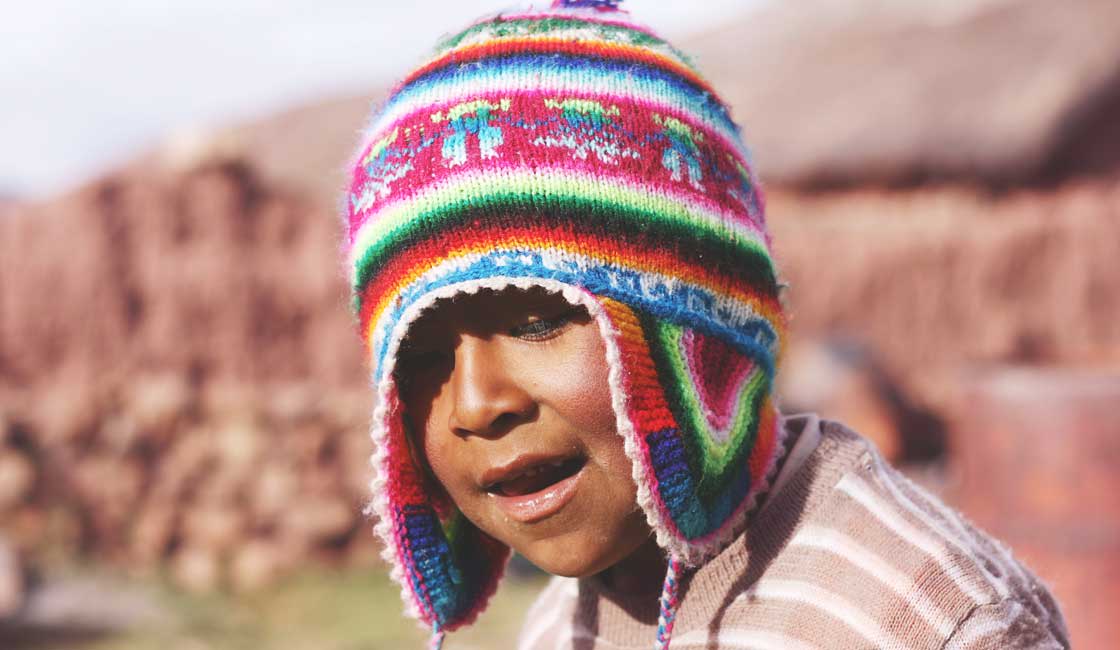
Peru, Ecuador, Bolivia, Colombia, Chile and Argentina. When asked what language these six countries share in common, most will immediately answer: Spanish. But Spanish is just one of several languages you’ll find in this region, Quechua being the second largest. Somewhere between 8 and 10 million individuals throughout the Central Andes region of South America currently use Quechua as their primary language, and it is the most widely spoken family language of the indigenous peoples of the Americas.
For those interested in learning more about this living remnant of the ancient Incan Empire, read on for its fascinating history, and some of the most popular words that you’ll see and hear throughout the region!
Also known as runa simi (the “people’s language”), Quechua is actually a family of 46 languages derived from a common ancestral language. It is native to the central Andes region in Peru, Bolivia, Colombia, Ecuador, Chile and Argentina, and is the official language of Peru, Bolivia and Ecuador (along with Spanish).
Quechua has over 8 million native speakers, and though it is written using the Latin writing system, it remains primarily a spoken language.

On Titicaca
Many believe Quechua to be the Inca language – and indeed it was – but in fact Quechua was already in wide use across the ranges of the central Andes long before the expansion of the Inca Empire 600 years ago.
During the rule of the Inca Empire, Quechua was chosen as their official language. In each region, different dialects developed, largely influenced by other pre-existing local languages. The language prevailed as the main language until the Spanish conquest in the 16th century. Its role changed as Spanish was introduced, but it continued to be used as the “general language”, and as a means of communication between the Spanish and indigenous population. The Roman Catholic Church adopted Quechua as the language of evangelization, which led missionaries to use and spread it.
In the late 18th century, however, all official use of Quechua was banned in response to the Tupac Amaru II rebellion. The new Spanish empire banned administrative and religious use of the language, including “loyal” pro-Catholic texts. The use of Quechua declined as Spanish was imposed during colonization.
Only after Peru gained independence from Spain in the 19th century did Quechua see a short-lived revival. Spanish had already infiltrated the country, and Quechua became more and more restricted to isolated rural areas.
Currently, Quechua has the status of an official language in Peru, Bolivia, and Ecuador, but its use throughout each country is not as widespread as Spanish (though it remains dominant in the Central Andes). Despite its decline, however, there are current efforts to help preserve the language and promote education in Quechua throughout these countries.

In the Andes
On any trip to an Andean town like Cusco, Peru (the center of the Inca Empire), you can be sure to see some Quechua throughout town (it is spoken by 64% of the district’s residents). Here are some popular Quechua words you’ll notice that continue to be used in mainstream Andean culture, even by Spanish speakers.
Inti: A culture connected to nature, it’s no wonder this is one of the most common Quechua words you’ll see in the Andes. Meaning “sun”, you’ll see many ancient ruins with this name, as well as new establishments that are retaining the heritage.
Killa: And of course, the equally present counterpart to the sun in Inca culture is the Quechua word for “moon”.
Yaku: Another important word in the Quechua language is Yaku, meaning water.
Wayra: The word for Wind.
Llama: An animal you’ll certainly see a lot of in these parts- and you probably didn’t know that its name, llama, is originally a Quechua word! Spanish, English, and many other languages have all borrowed it.
Chullo: In the chilly Andes you’ll see many locals (and tourists) wearing cozy wool hats with earflaps. In Quechua this is called a chullo, a word that is also used by Spanish speakers.
Wasi: The Quechua word for home, you’ll find many welcoming places to stay in Cusco that are called a wasi.
Pacha: Often used in conjunction with other words in Quechua, pacha most commonly means “earth”, but can also mean “world”, “space” or “time”. Some popular joint words include pachamama (“Mother Earth”) and pachamanca (a style of cooking food by burying it underground beneath a fire, done in Peru).
Machu Picchu: Of course, the world-famous Inca citadel in Peru is named in Quechua! Machu means “old man”, and pikchu means “peak” (a translation few visitors know!).
One of the oldest languages in the Americas, Quechua is an incredible vestige of native Andean culture that perseveres to this day. Visit the Andean highlands of Peru, Bolivia or Ecuador, and you can be sure to see it living in history and the present. Hopefully, you can even pick up a few more Quechua words! For more information about traveling to Andean region destinations, please contact us.
While Rainforest Cruises aim to provide accurate and up-to-date information, we make no representations as to the accuracy or completeness of any information herein or found by following any link on this site. Rainforest Cruises cannot and will not accept responsibility for any omissions or inaccuracies, or for any consequences arising therefrom, including any losses, injuries, or damages resulting from the display or use of this information.




